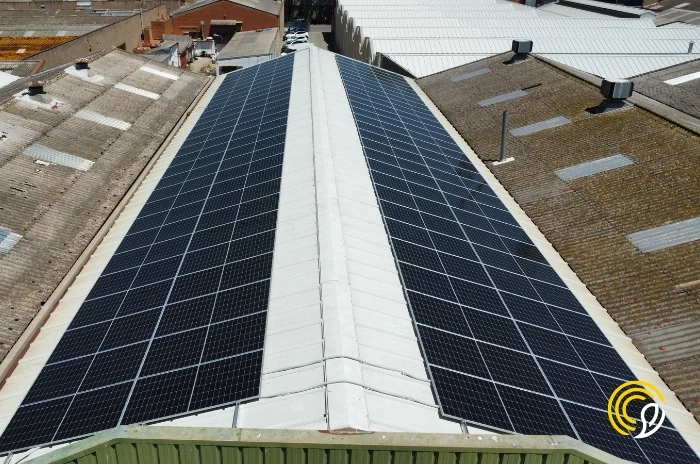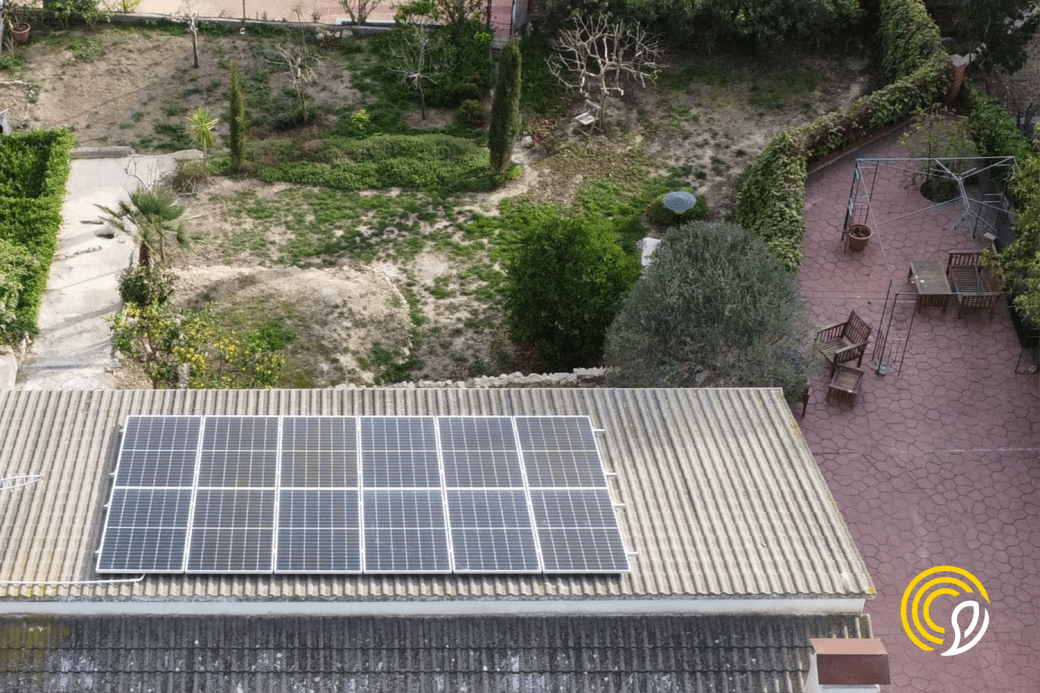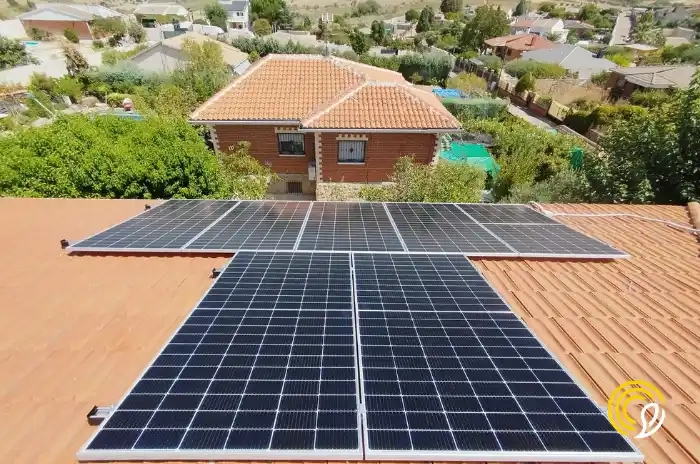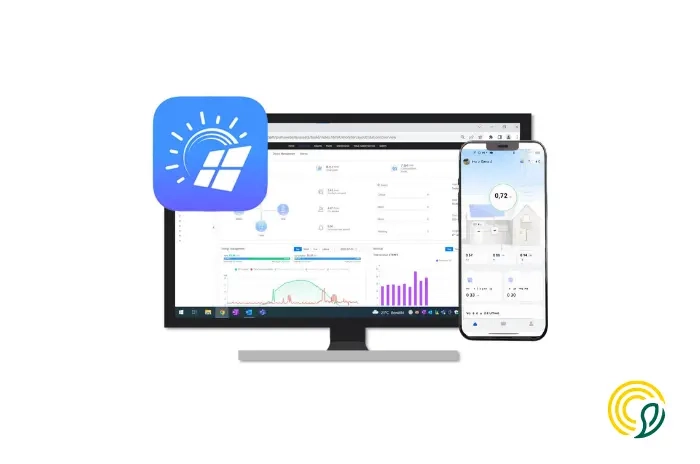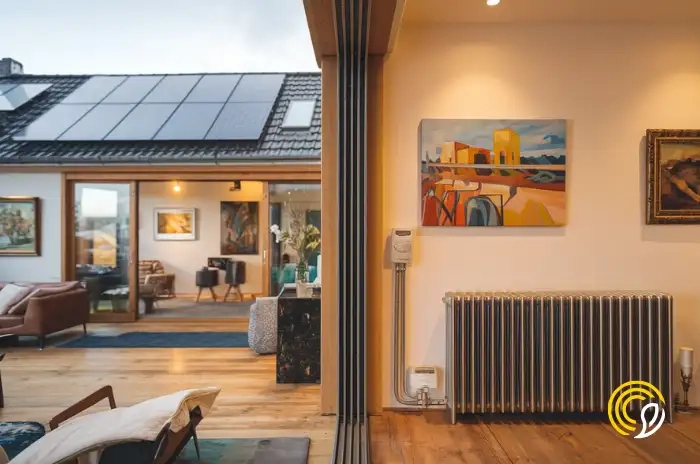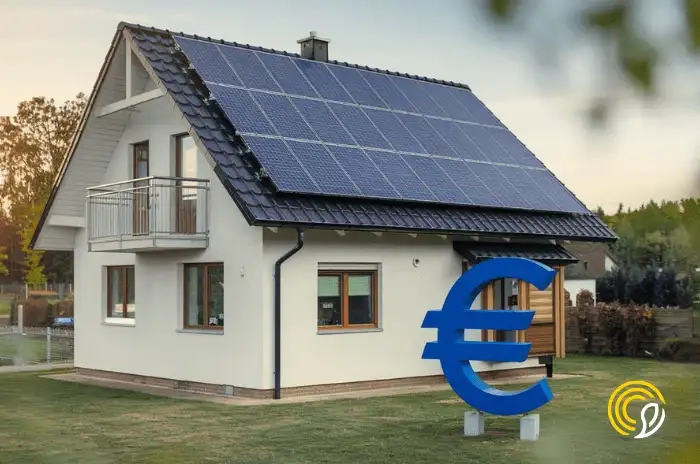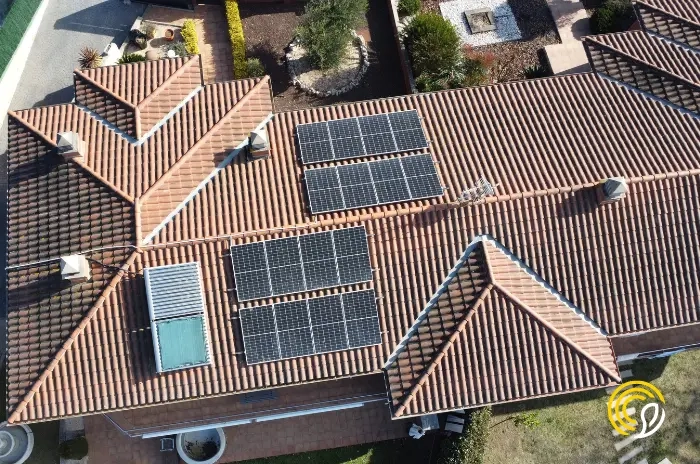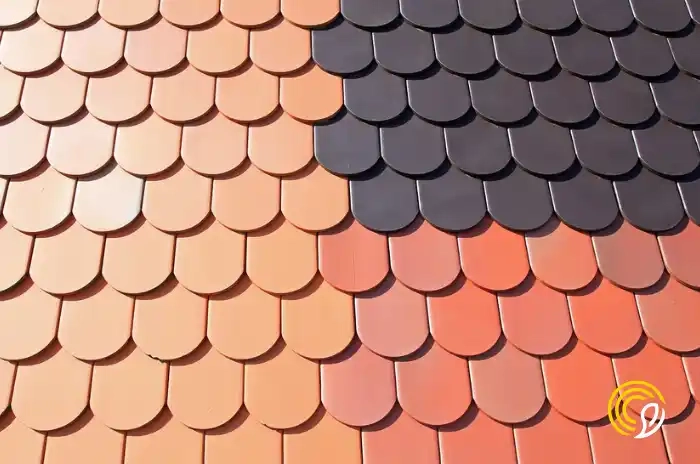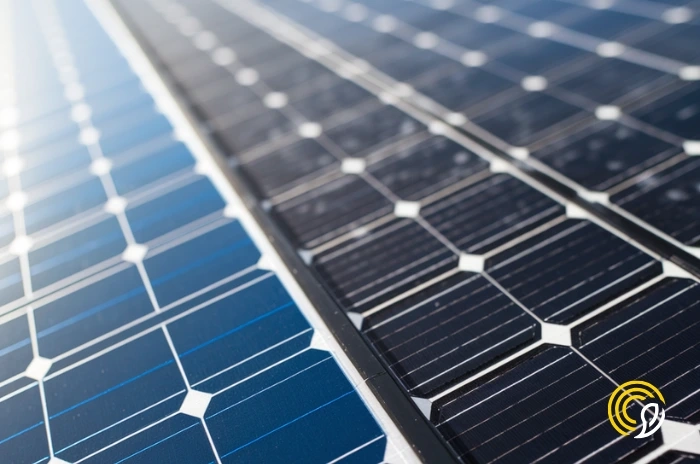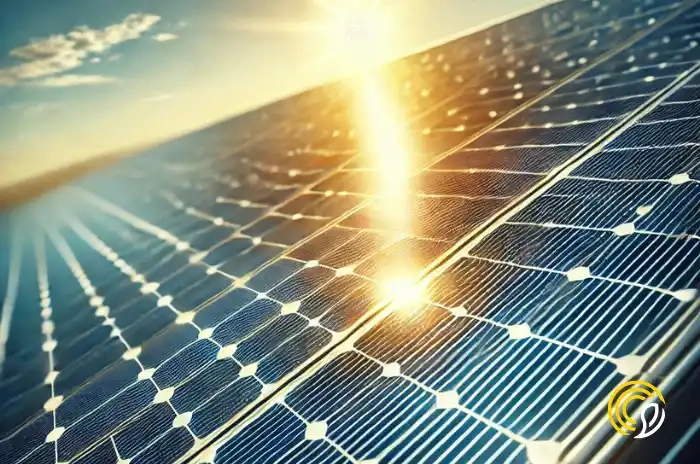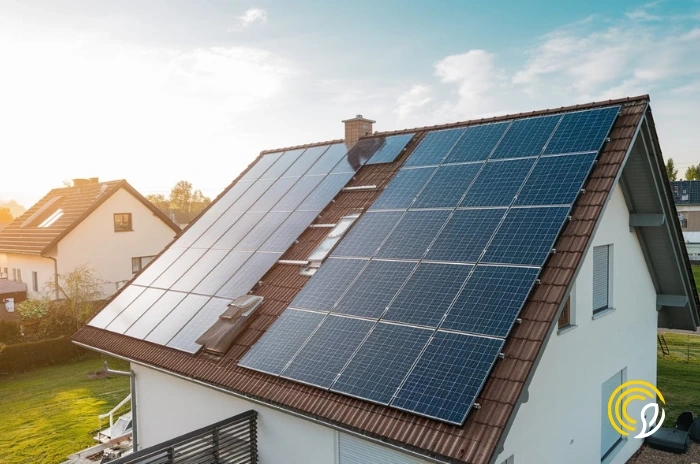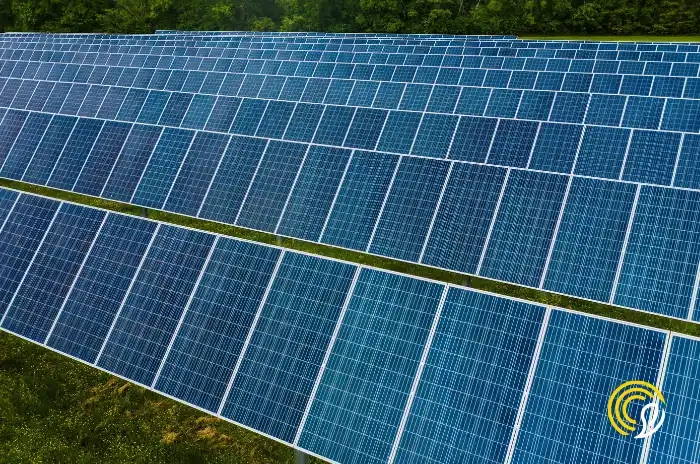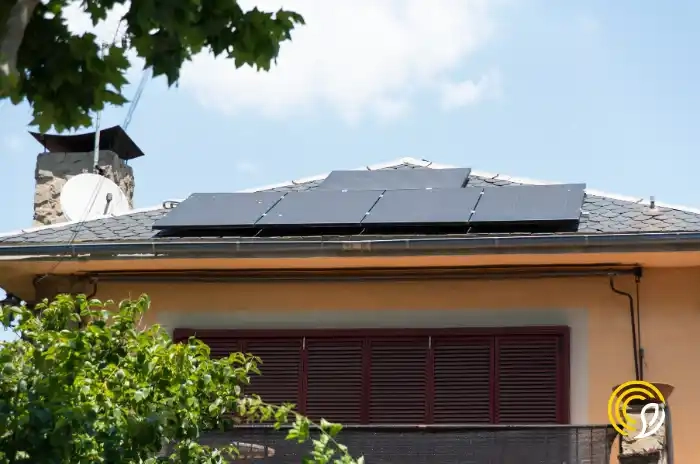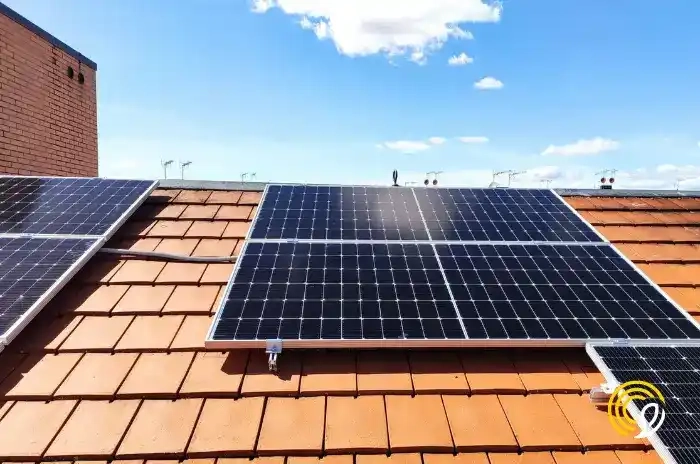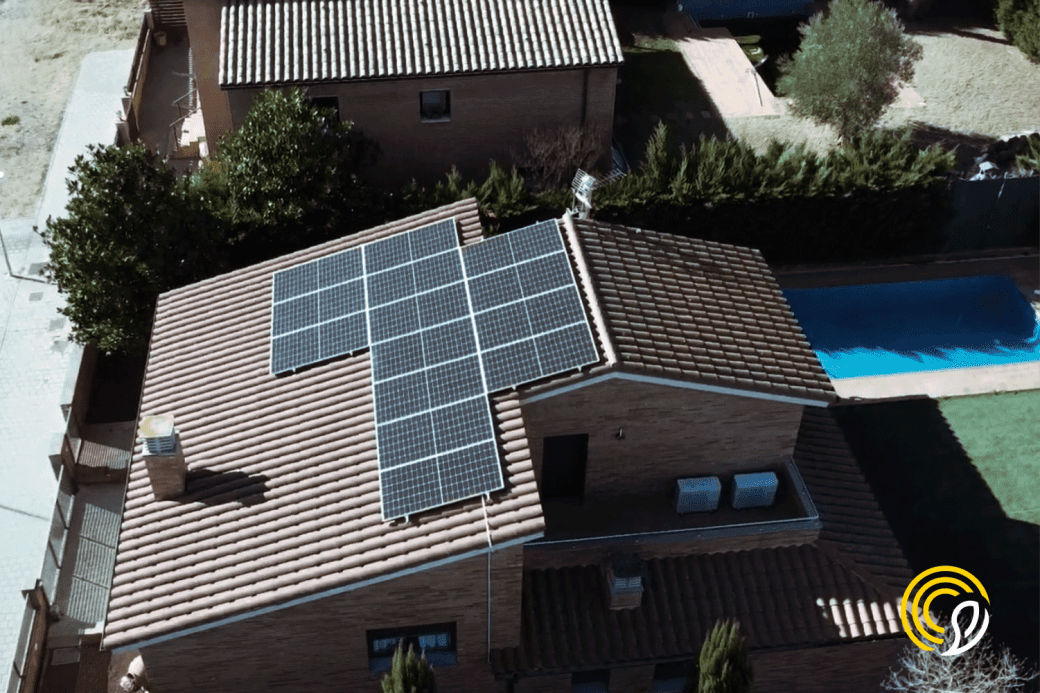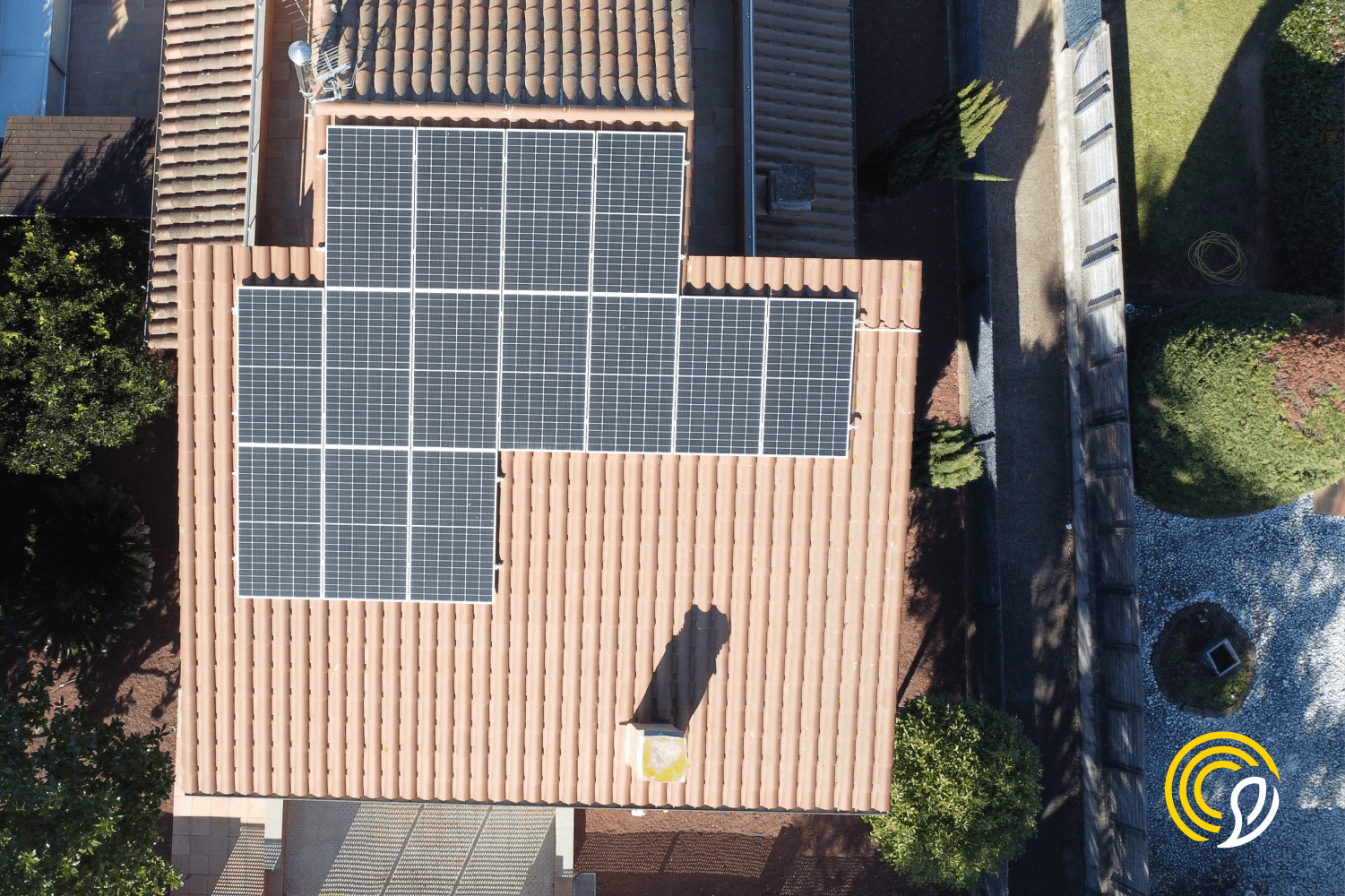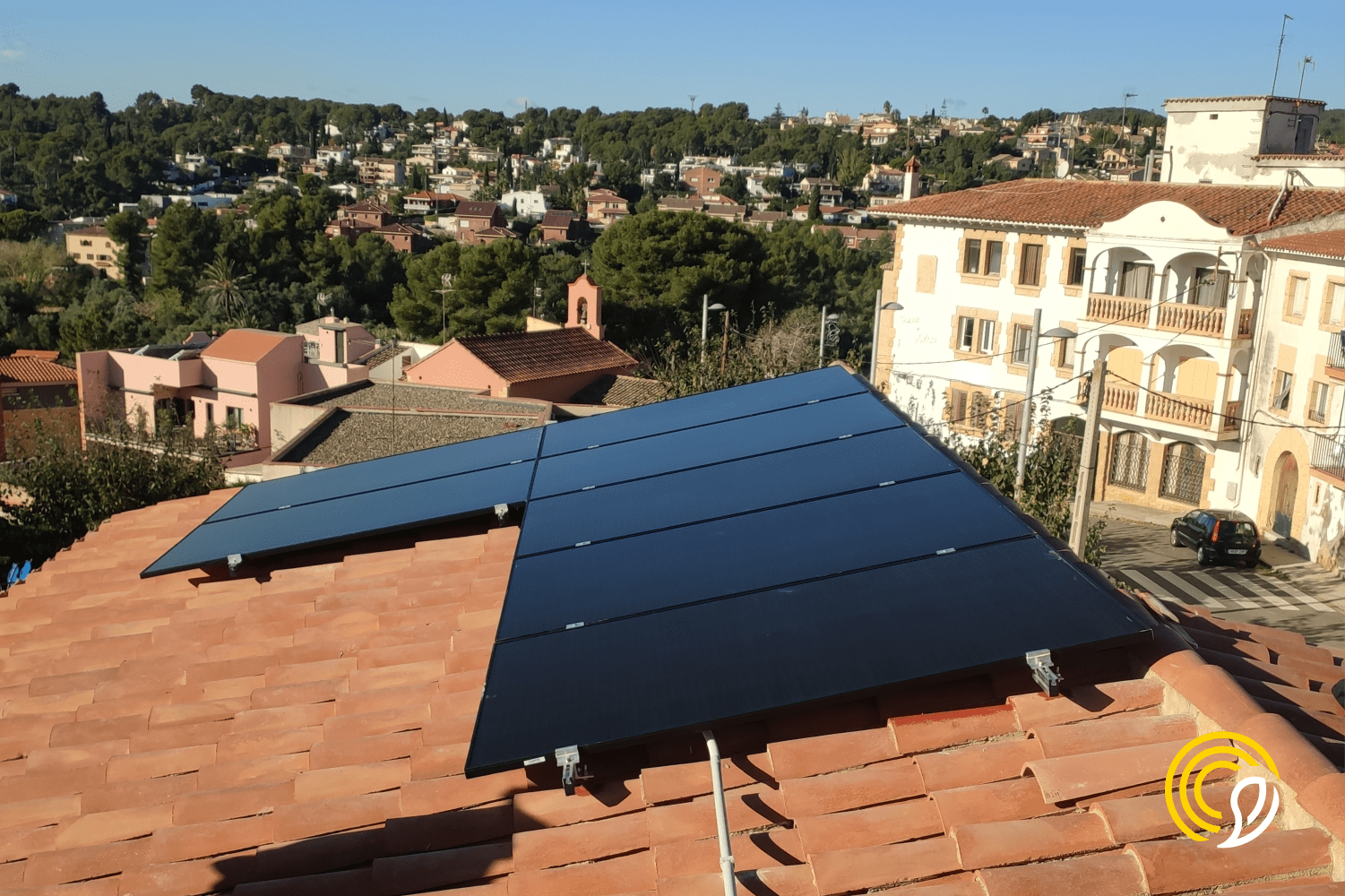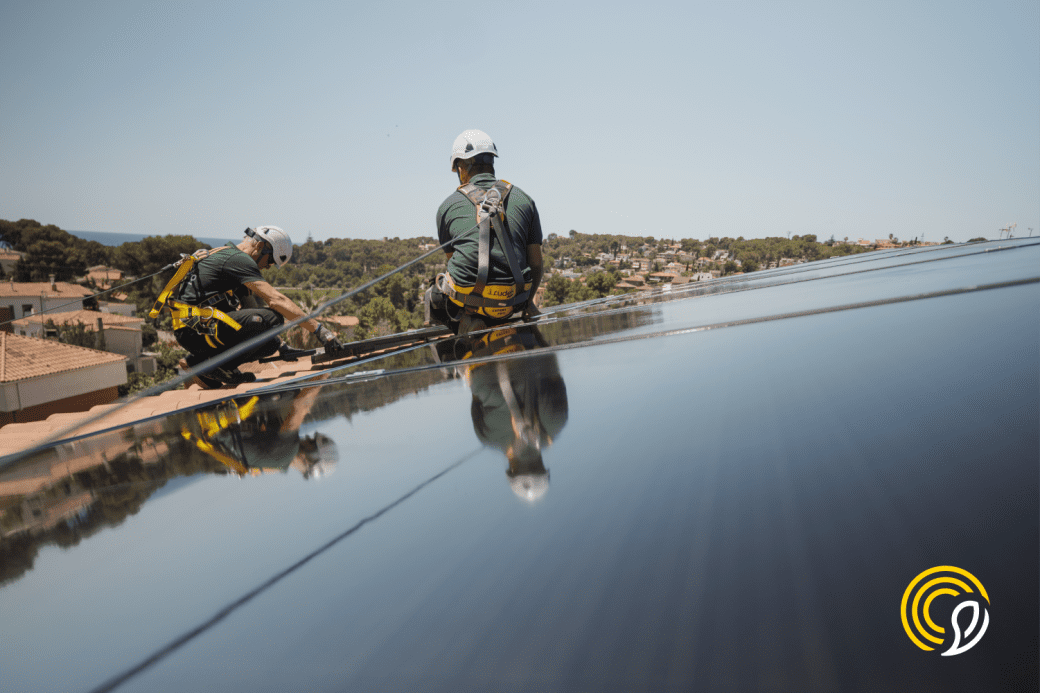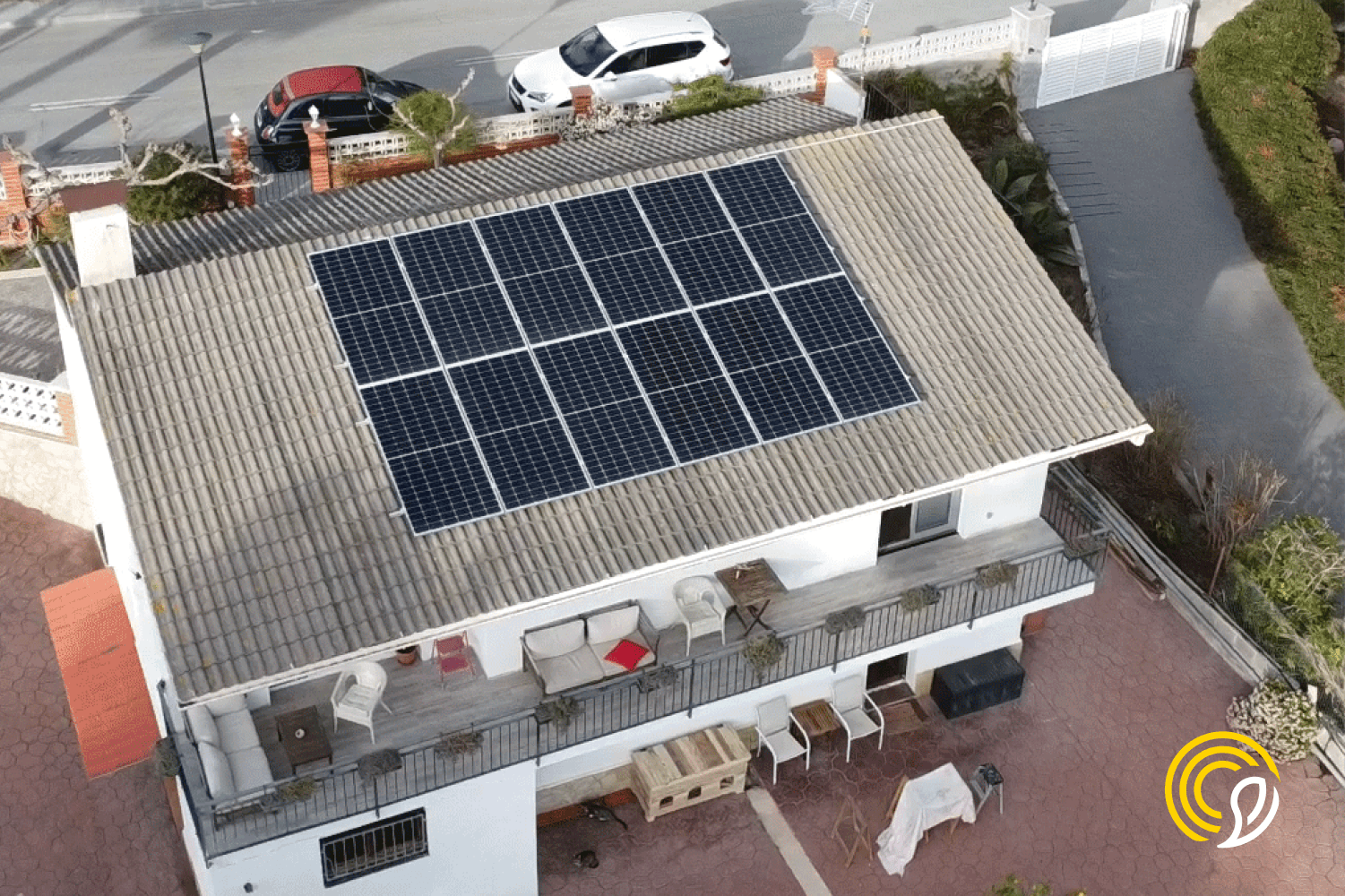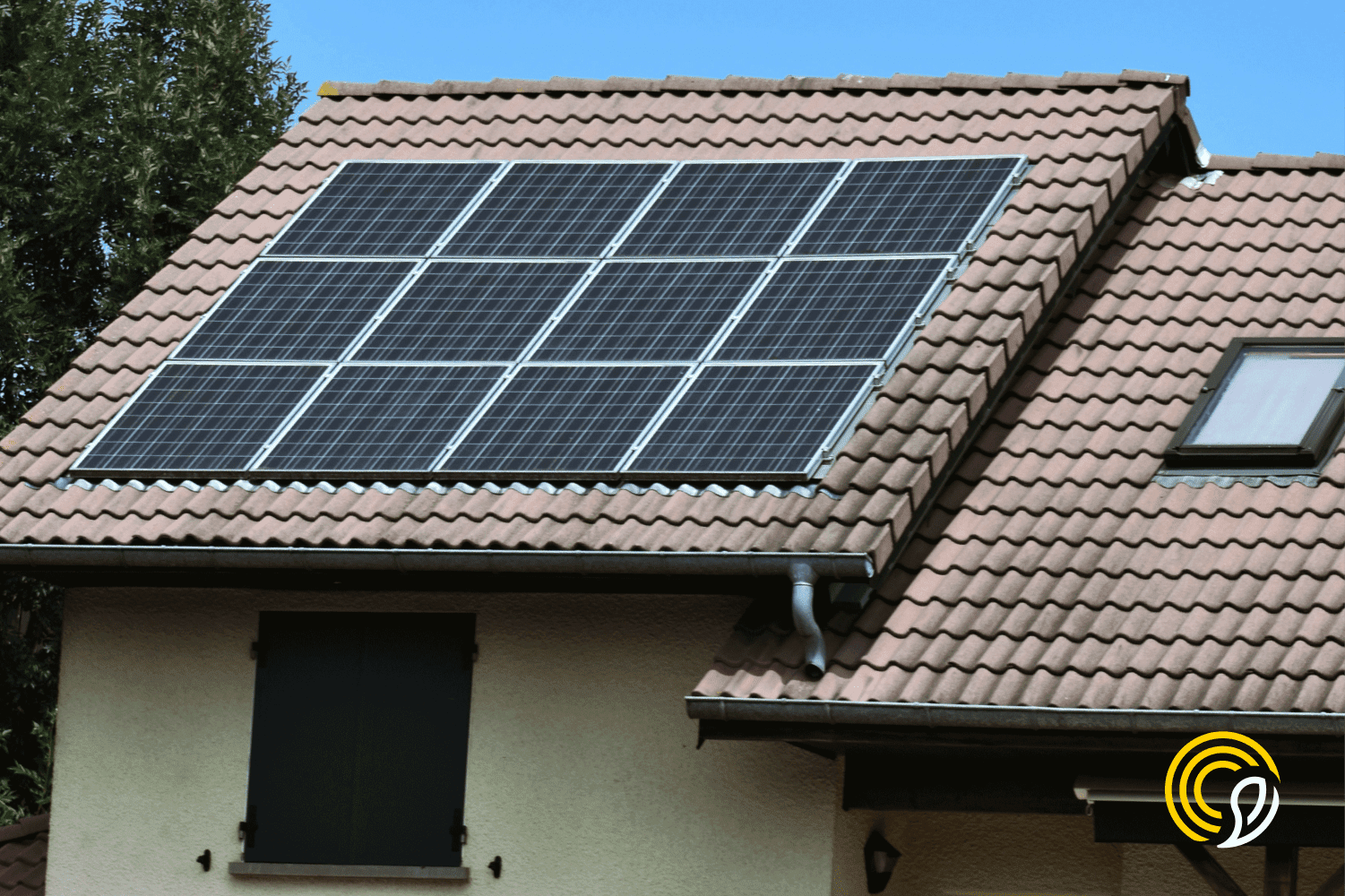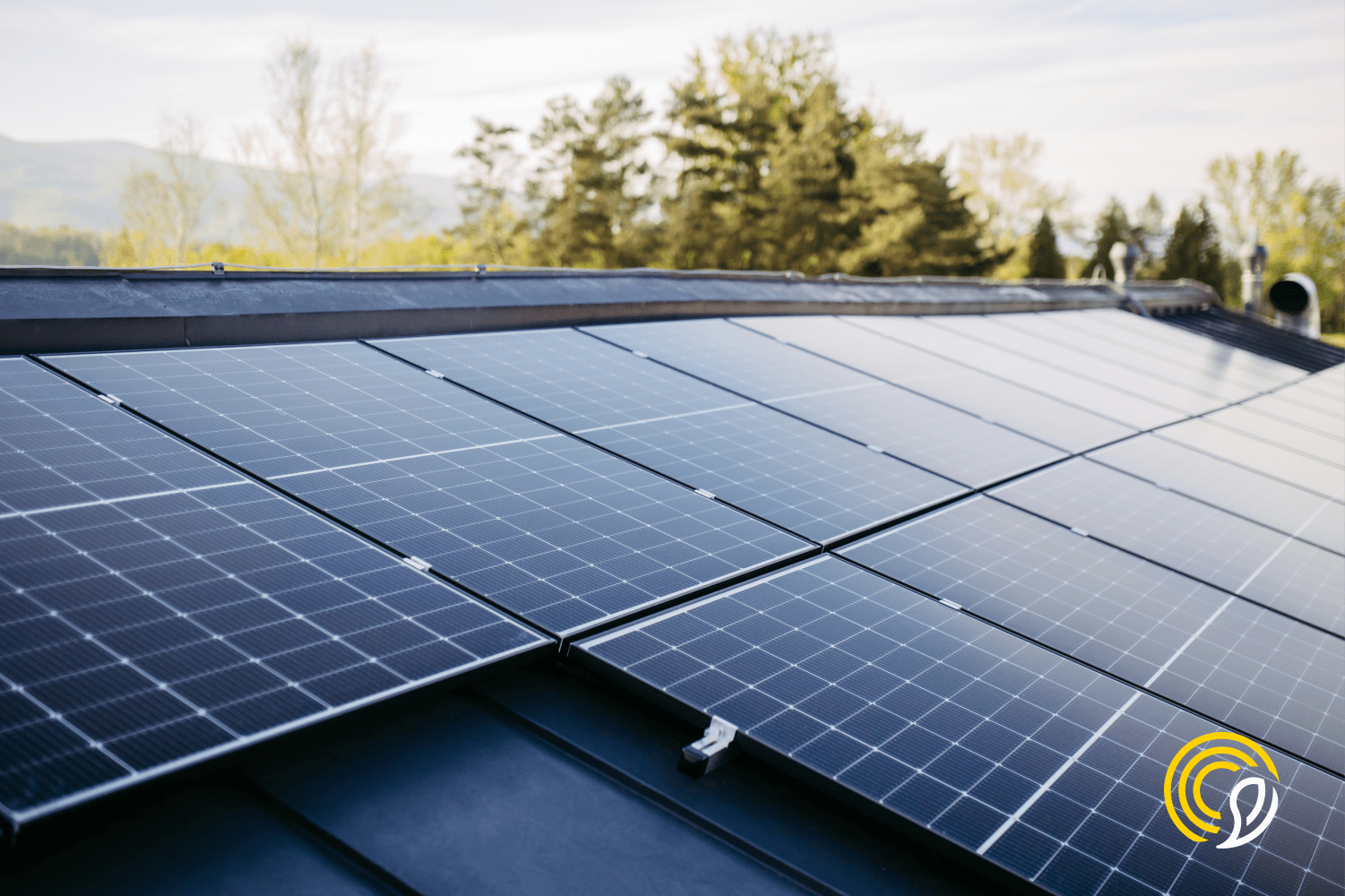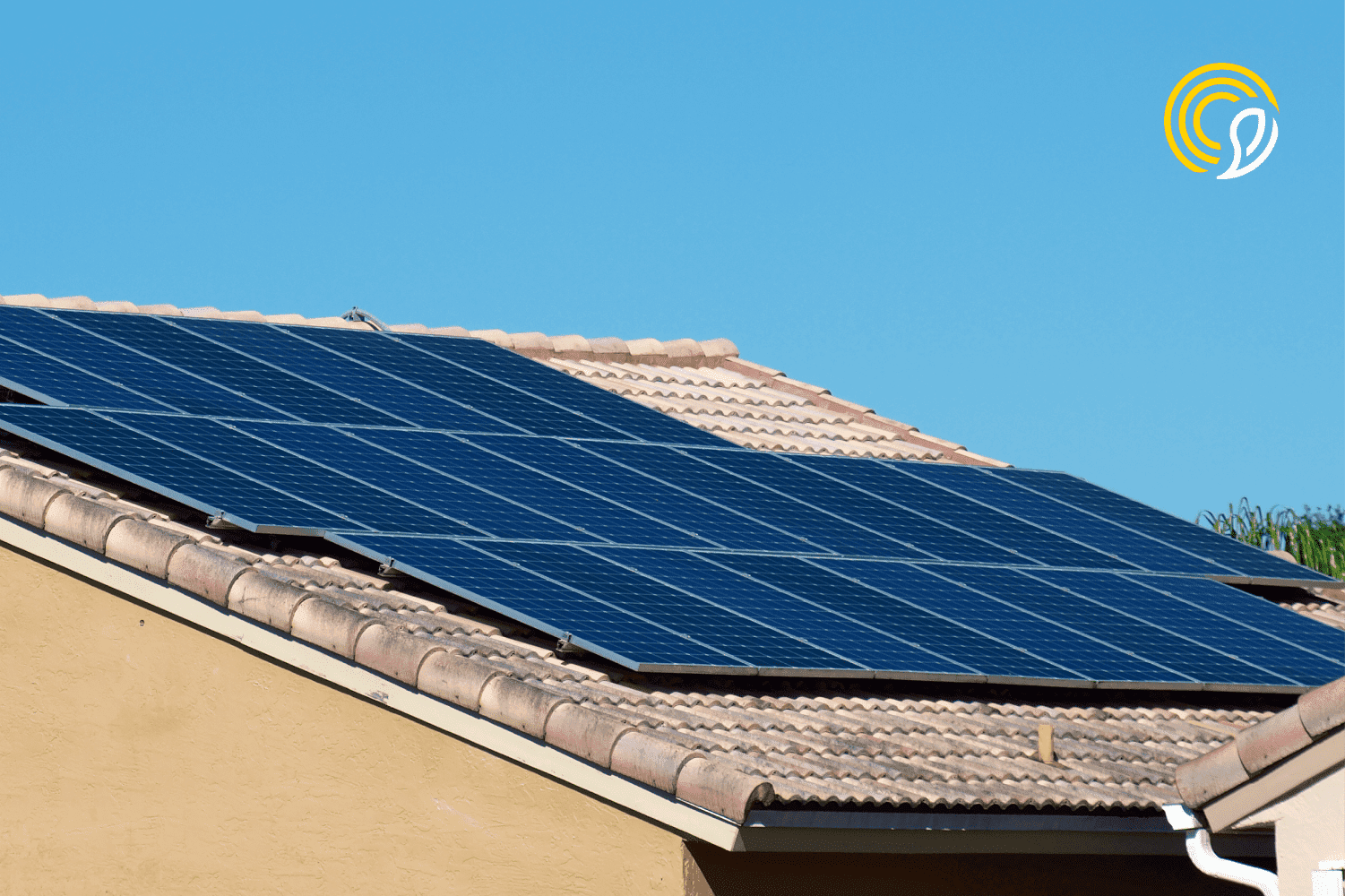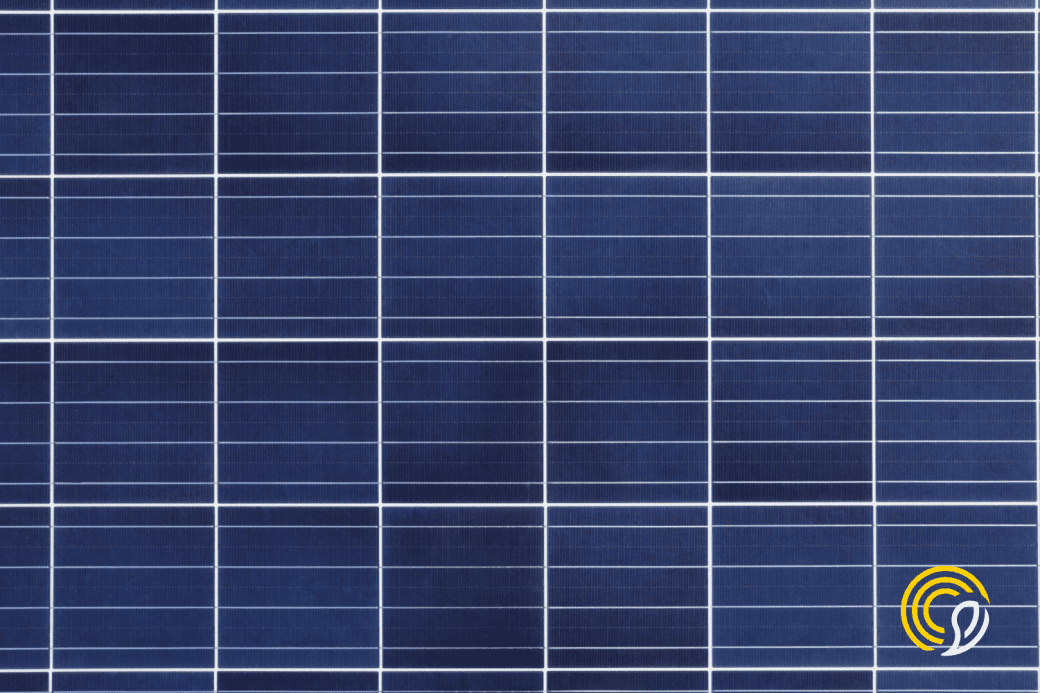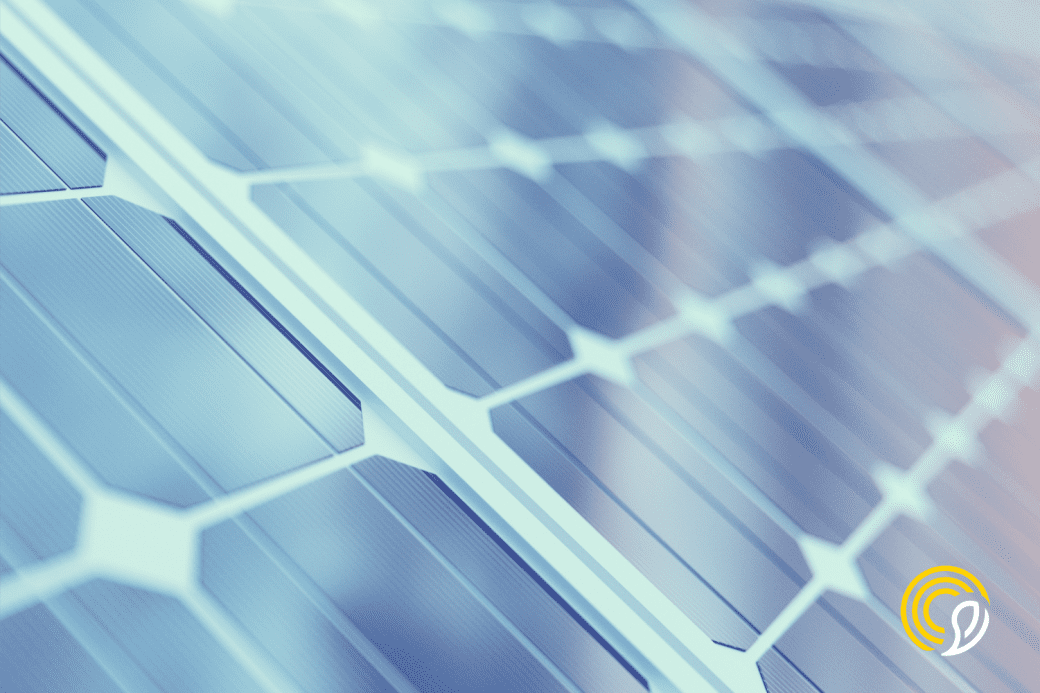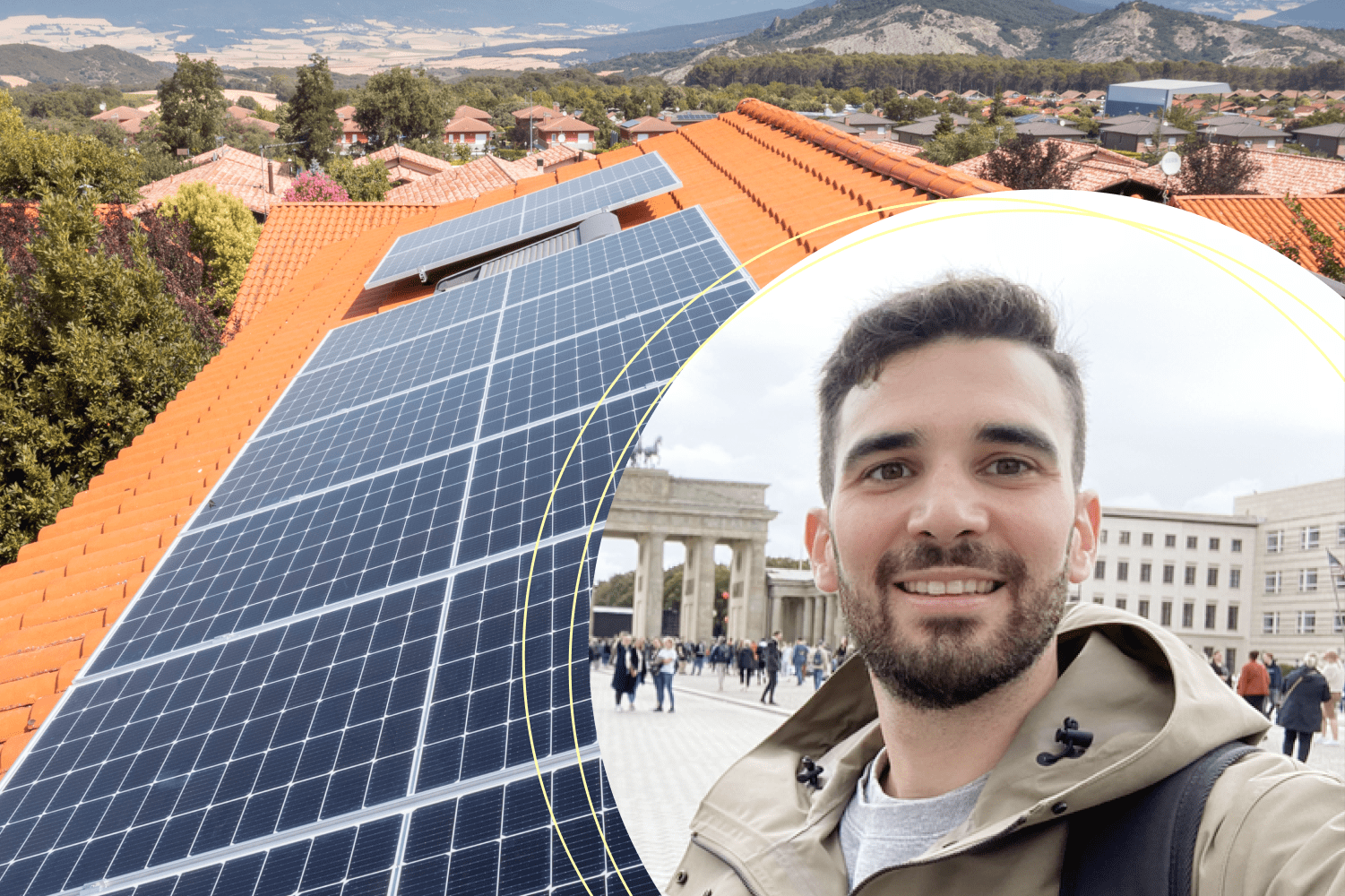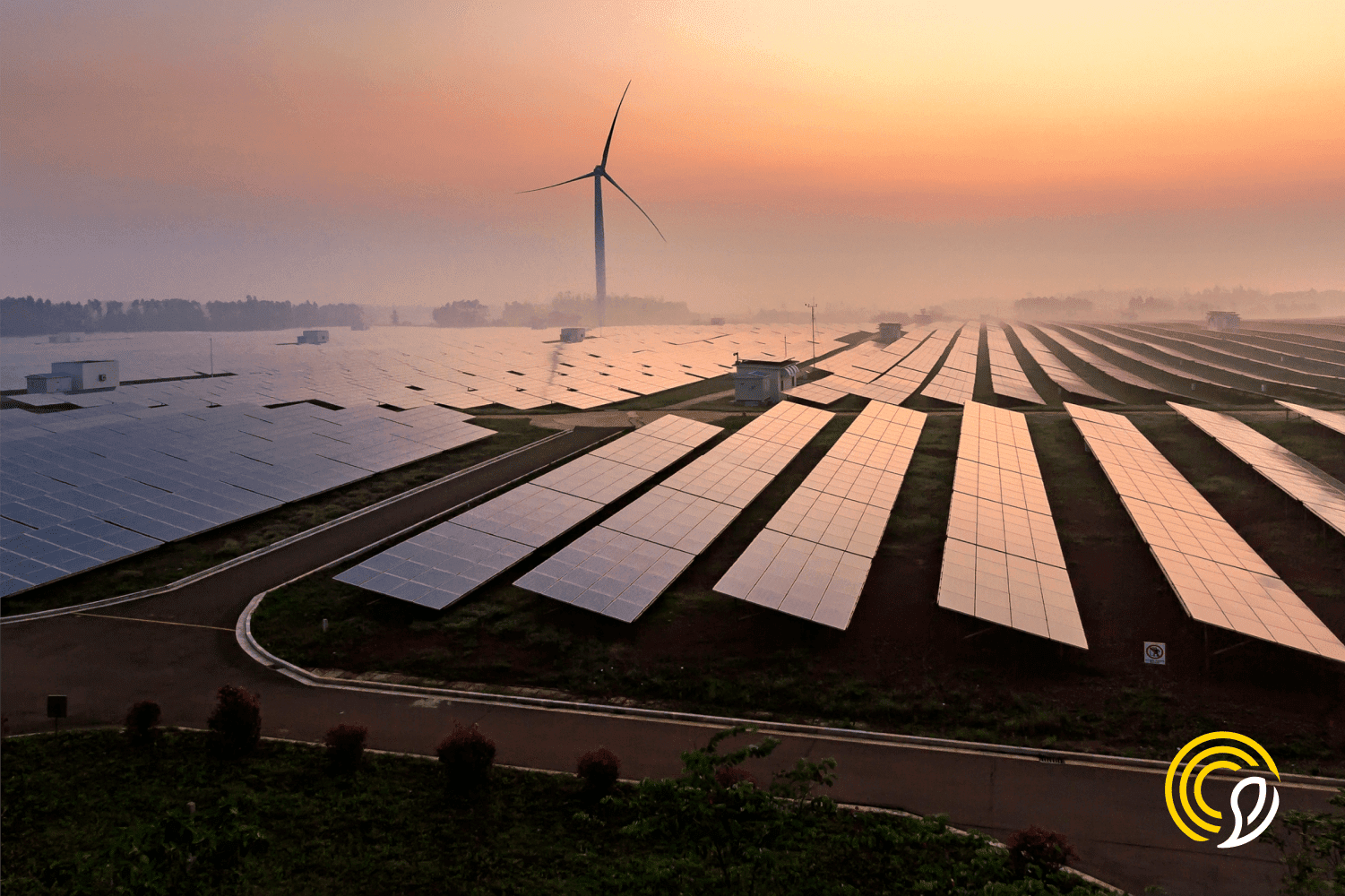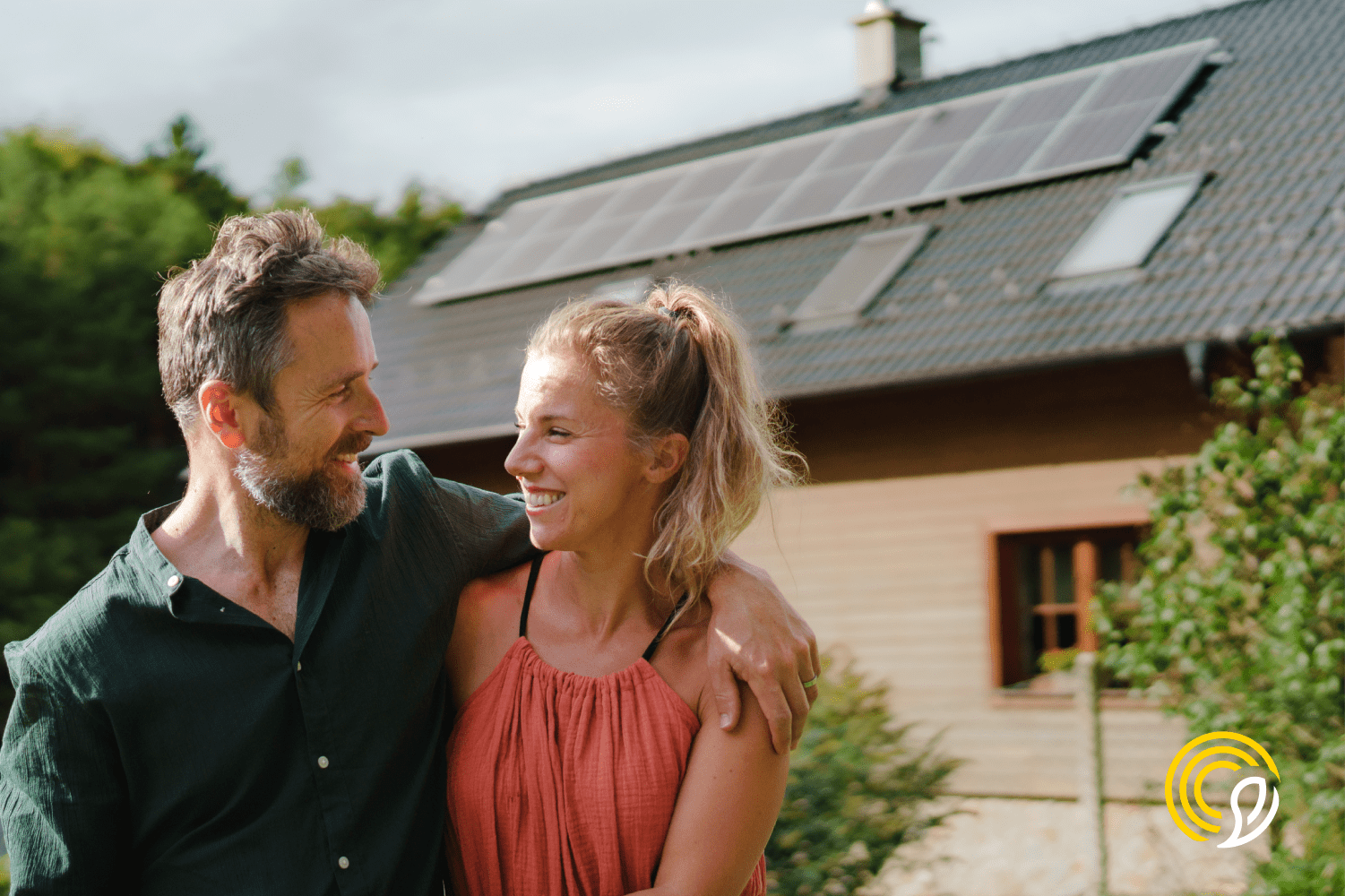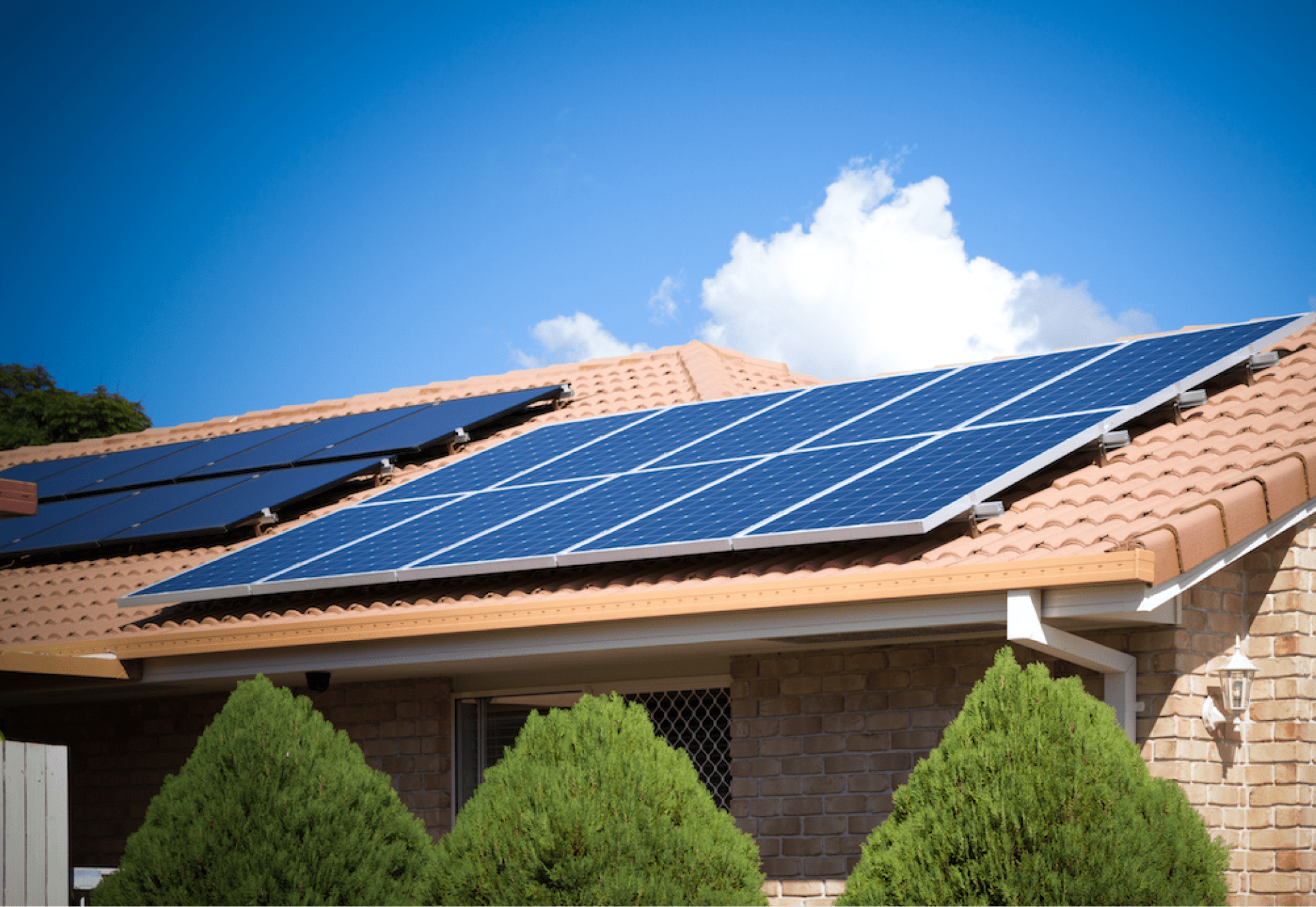
How does solar energy work? – The most complete guide

Claudia Pardo, Content Specialist at Sunhero and a firm believer that solar energy can transform the world.
12/08/2024
3 min read
Table of Contents
Have you ever wondered how the sun’s rays are converted into the electricity we use every day at home? The answer is solar energy!
In this guide, explained for children, we will show you how, thanks to the sun, we obtain the electricity we use at home through photovoltaic self-consumption.
Solar energy basics
What is solar radiation?
Solar radiation is the energy emitted by the sun in the form of light and heat. This energy travels through space and reaches the Earth in the form of the sun’s rays. These solar rays are essential for life on our planet, as they are responsible for heating the Earth’s surface and providing us with light during the day.
In addition to maintaining the climate and temperatures necessary for life, solar radiation also plays a key role in natural processes such as photosynthesis, by which plants produce oxygen.
Types of Solar Radiation
Solar radiation is divided into several types, but the most important ones are:
- Ultraviolet (UV) Radiation: This is the type that can cause sunburns. We can’t see it with our eyes, but it is very powerful and can be harmful to our skin if we are exposed for too long without protection.
- Visible Radiation: This is the light that we can see with our eyes. It is the light that makes everything around us visible. It’s the same light we use for reading, playing, and carrying out our daily activities.
- Infrared (IR) Radiation: This is the type we feel as heat. Although we can’t see it, we feel its effect when we’re in the sun and notice our skin getting warm.
The solar constant
The solar constant is a measure that indicates how much solar energy reaches one square meter of Earth’s atmosphere every second. This amount of energy is approximately 1361 watts per square meter.
This constant helps us understand the amount of energy the sun can provide to Earth and is an essential tool for engineers who design photovoltaic systems.
Capturing solar energy
There are different ways of capturing solar energy. Some of these are known as active solar energy and passive solar energy.
Active solar energy uses devices such as solar panels and solar collectors to capture and transform solar energy into electricity or heat.
Passive solar energy, on the other hand, relies on the design and orientation of buildings to maximise the use of natural sunlight and heat, without the need for additional devices.
You can read more about these methods in our post on active and passive energy.
How photovoltaic solar energy works
To transform solar energy into electricity, a photovoltaic solar system is used, which consists of several key components:
Solar Panels: Solar panels are made of a special material called silicon. This material has the ability to convert sunlight into electricity. When sunlight hits the panel, the silicon atoms move and generate electricity.
Photovoltaic Cells: Each solar panel is composed of many small units called cells. Each solar cell captures a small amount of solar energy and converts it into electricity.
Inverters: The electricity generated by solar panels is in the form of direct current (DC). However, the electricity we use in our homes is in the form of alternating current (AC). This is where inverters come in. Inverters transform the DC electricity into AC.
Electrical Grid: Once the electricity has been converted by the inverter, it can be used directly in our home or sent to the electrical grid so that others can use it as well.
In summary, solar energy is a clean and unlimited source that harnesses the sun’s radiation to generate electricity sustainably. Through technologies like solar panels, we can transform solar energy into an accessible resource that not only reduces our electricity bills but also decreases our dependence on fossil fuels and lowers the carbon footprint on the planet.
Start today!
Fill out our free solar calculator and get a custom quotation

